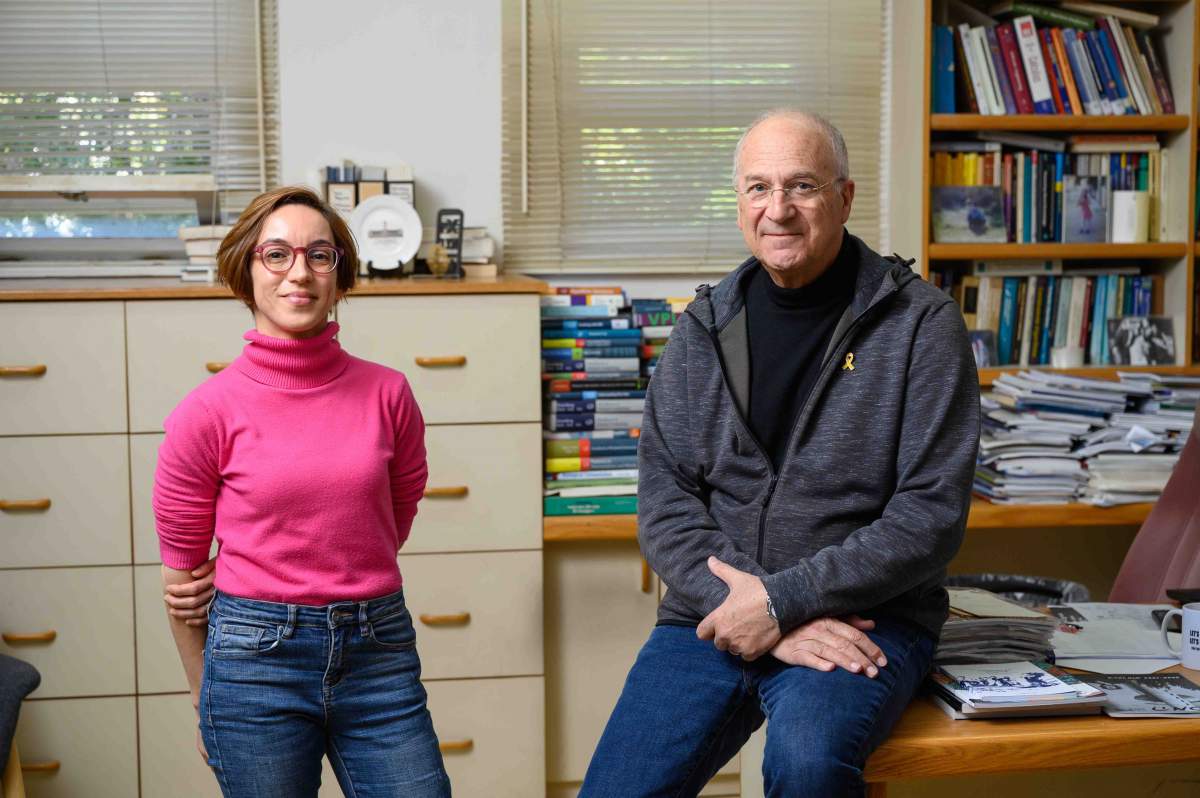
With a transparent body and roughly only 1,000 cells, the roundworm, or C. elegans, is a scientific superstar that has facilitated groundbreaking discoveries in biology, including several leading to Nobel Prizes. Its genome was the first to be fully sequenced among multicellular organisms, enabling detailed genetic studies, and its physique is ideal for real-time observation of biological processes. Scientists have also mapped its entire neuronal wiring diagram and cell lineage. To top it all off, C. elegans shares many biological pathways with humans, making it an excellent model for understanding fundamental processes such as aging, neurobiology and cell differentiation.
This wealth of data was a major reason the worm was chosen as the focus of a new Weizmann Institute of Science study that shows the power of mathematical and algorithmic models in allowing for fine-grained, high-resolution understanding of biological systems.
What can scientists learn from this new model?
Read more.


